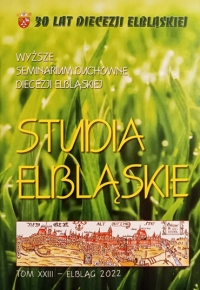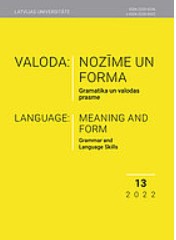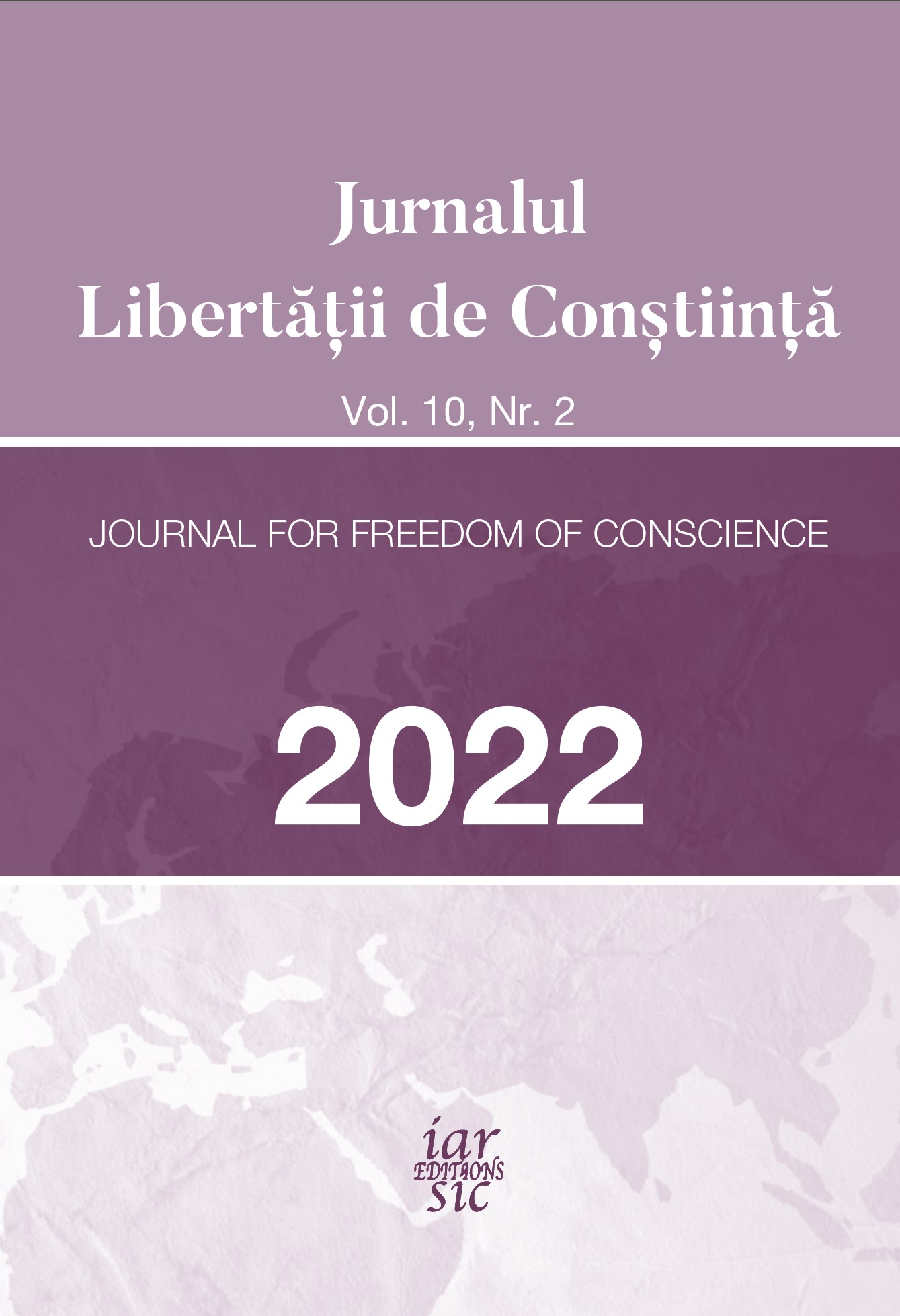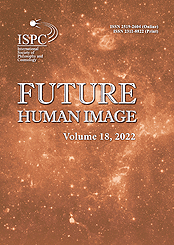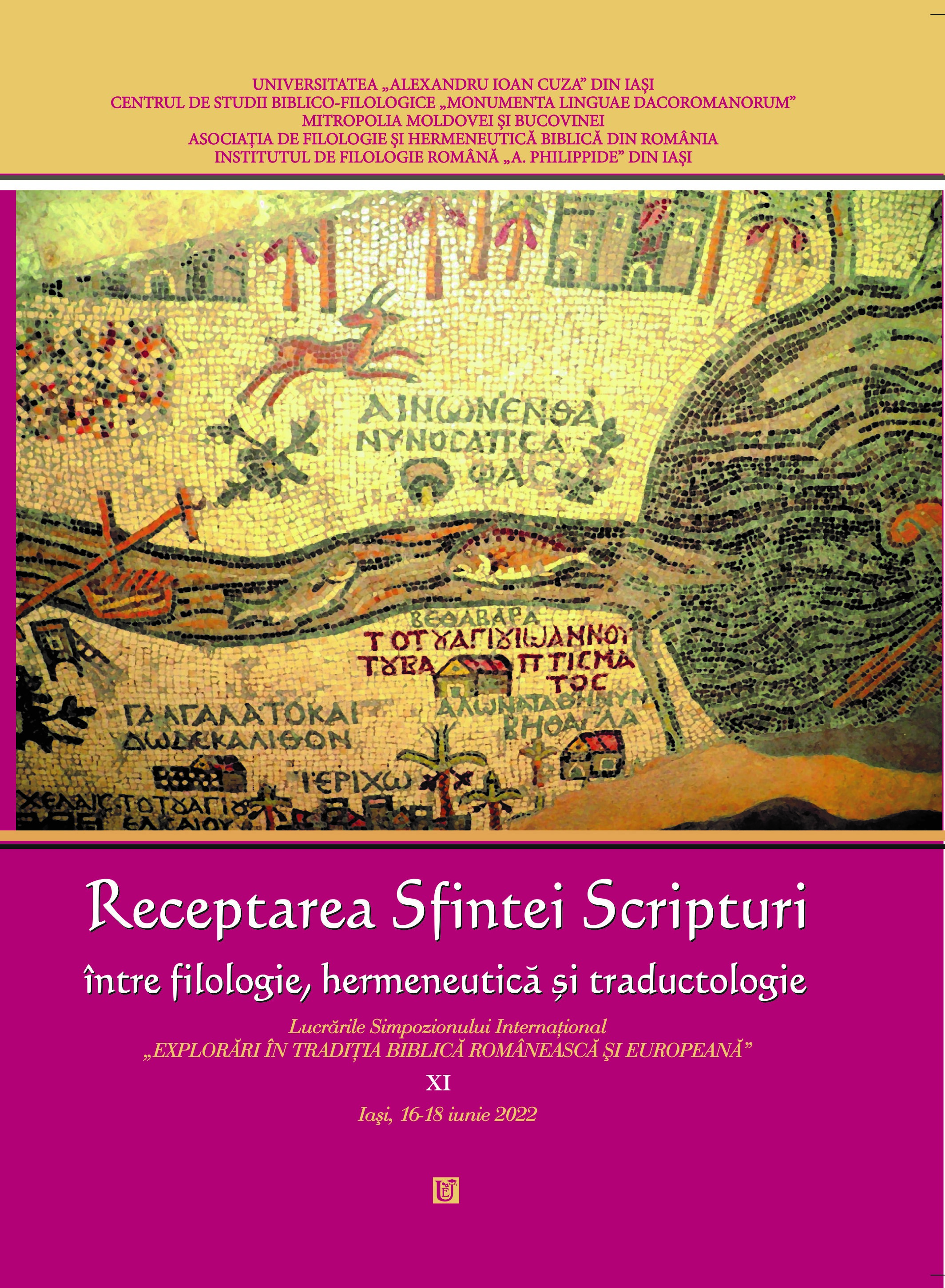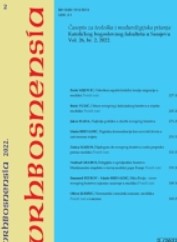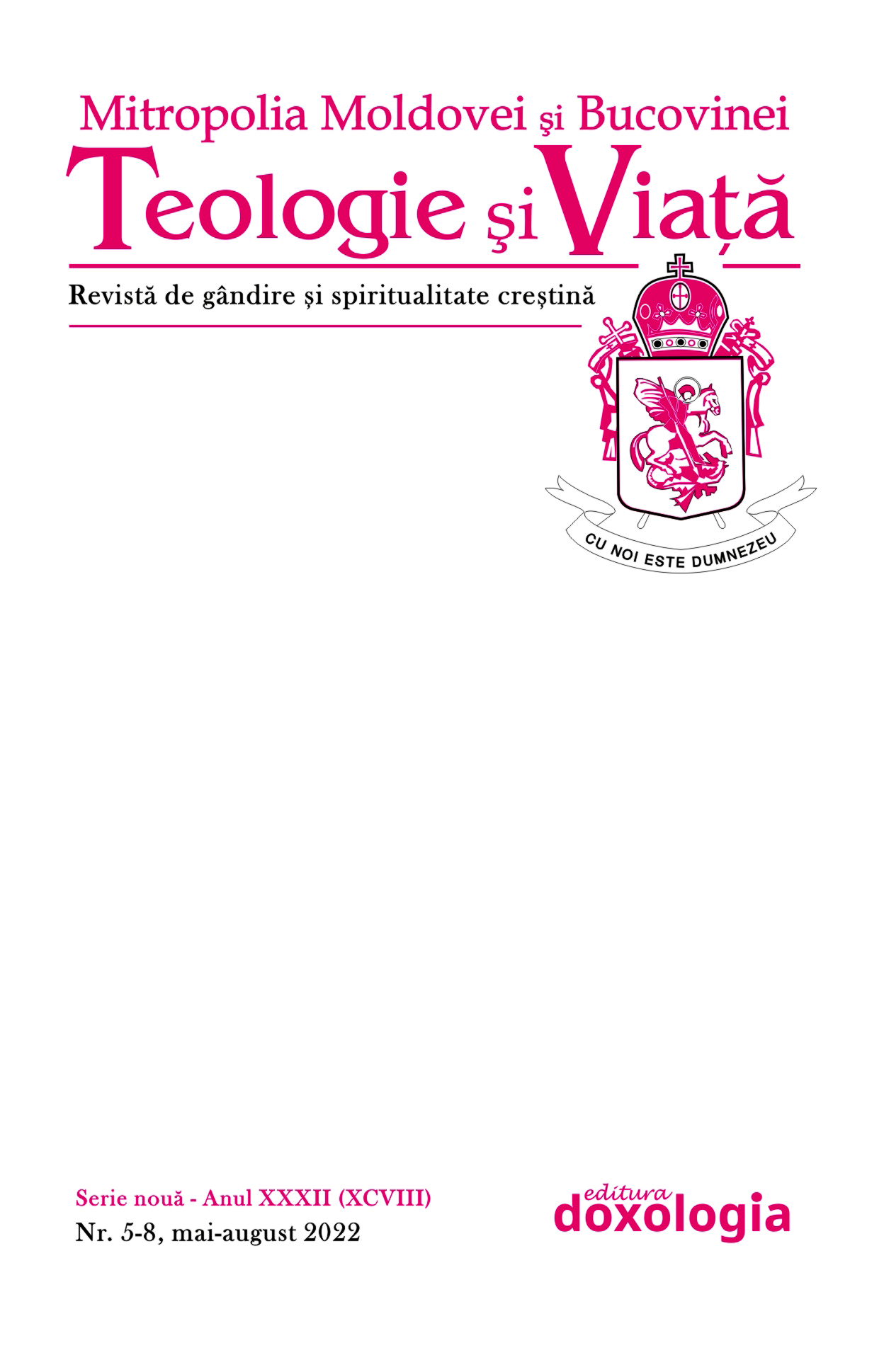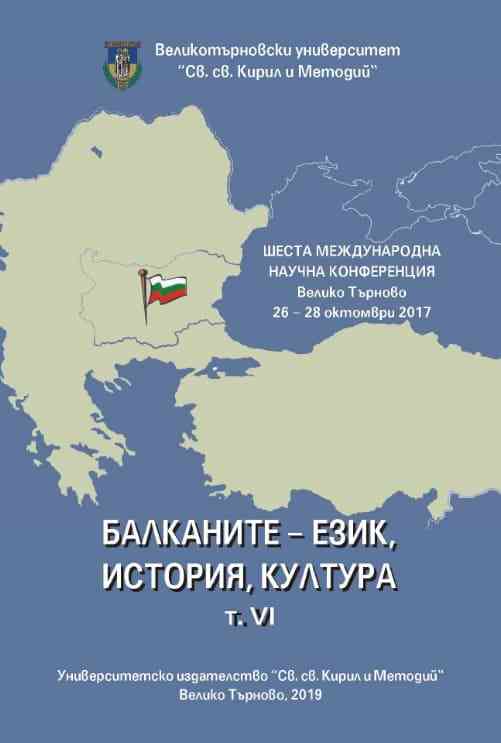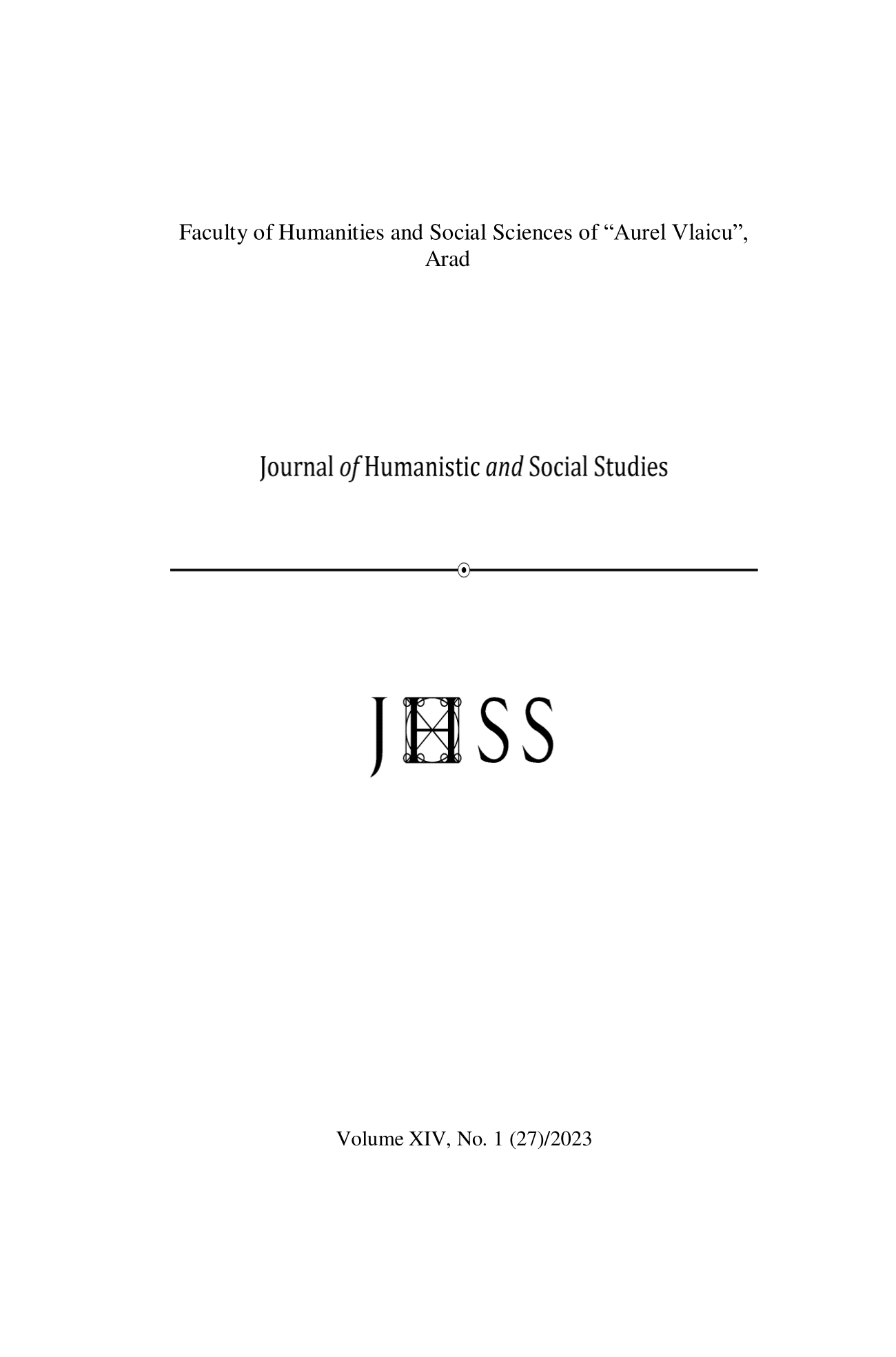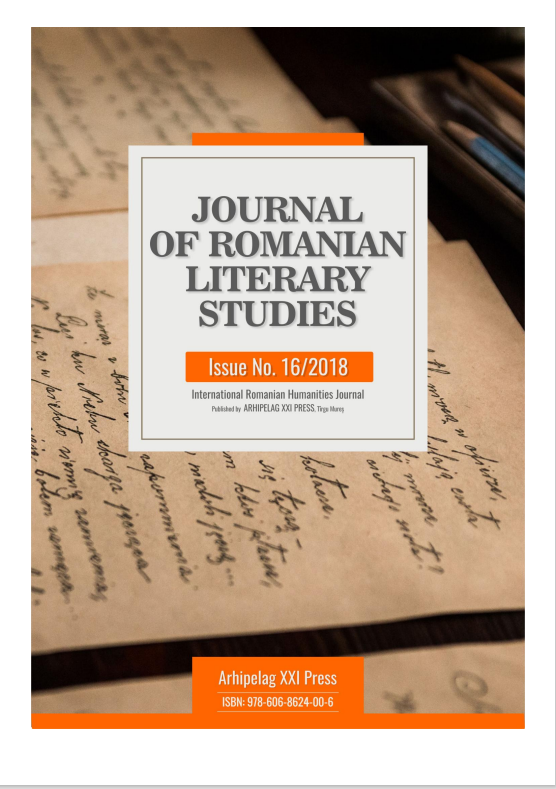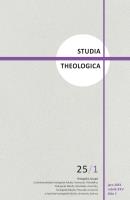Mis juhtus Puhja kiriklas? Ühe vana tõlke algust otsides
The article addresses a late-17th-century translation of the Old Testament, tentatively attributed to two pastors, father and son Andreas and Adrian Virginius, who served in southern Estonia, which in those times was part of Livonia. The research question is: Which of the two variants of literary Estonian developed at the time, North-Estonian or South-Estonian,was the first target language for the Old Testament? Adrian Virginius mentions his and his father’s joint effort of translating the OT (up to the Book of Job) in the 1680s, without specifying the language variant. As to the rest of Andreas Virginius’ translations, those were, according to secondary sources, in South Estonian, but Adrian Virginius had close contacts with the reformers of literary North Estonian. The original manuscript of the OT translation has not survived, but we do have a slightly later copy, anonymous and undated, which is in North Estonian, yet bearing strong traces of South Estonian influence. In addition, we have two South Estonian OT translations from the late 18tth– early 19th century (a shortened printed version and a manuscript copy of 20 chapters of Exodus), whose wording is very close to that of the North Estonian translation attributed to father and son Virginius. The article discusses if and how it is possible to decide which of the two versions is the underlying translation and which is the derivative one. The method used involves linguistic and translation analysis complemented by historical and other extralinguistic information speaking for or against either hypothesis and, possibly, shed some light on the identity of the translator and of the copyist. Although the conclusion admits that the present stage of research offers more open questions than satisfactory answers, the article provides several clues for further studies.
More...
